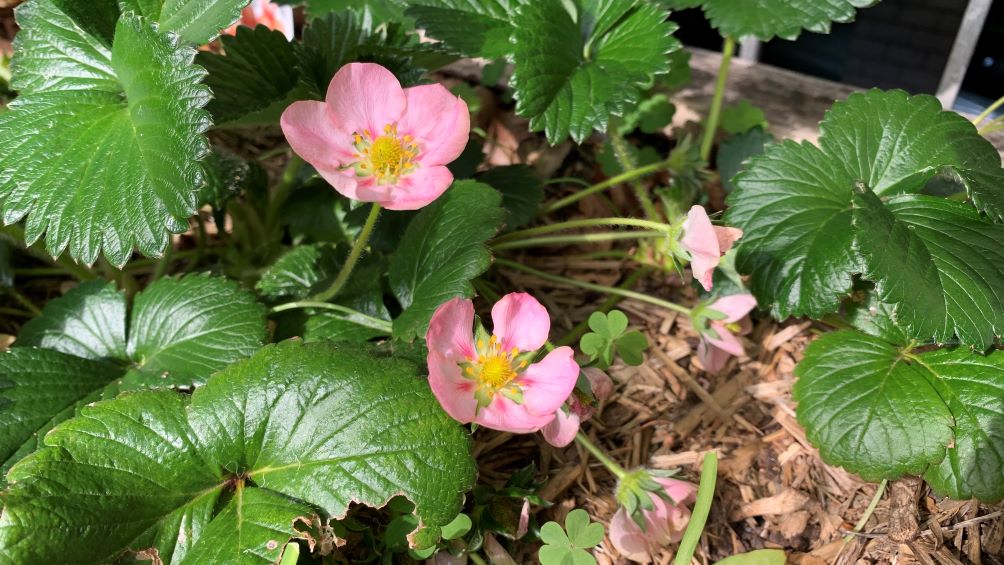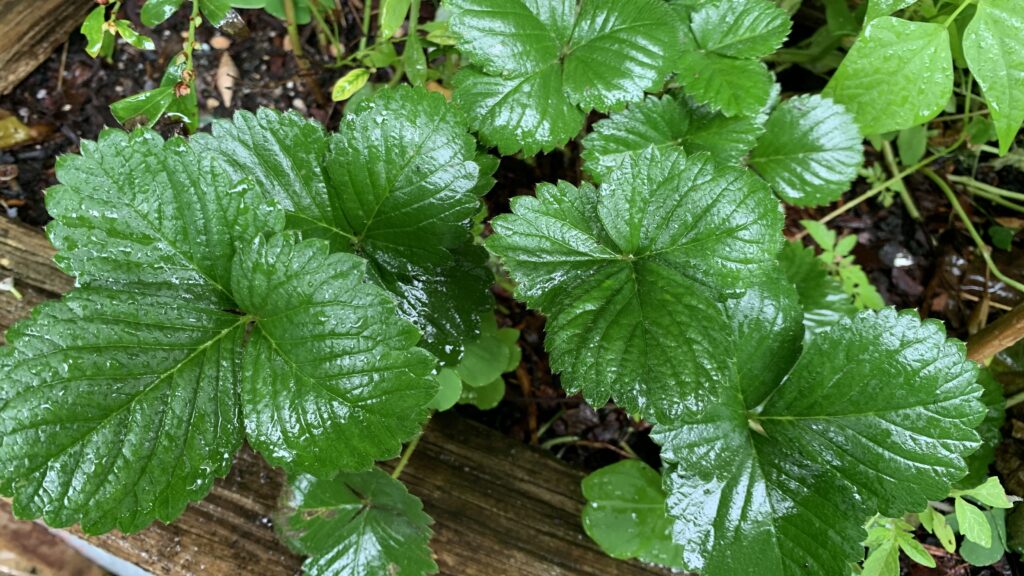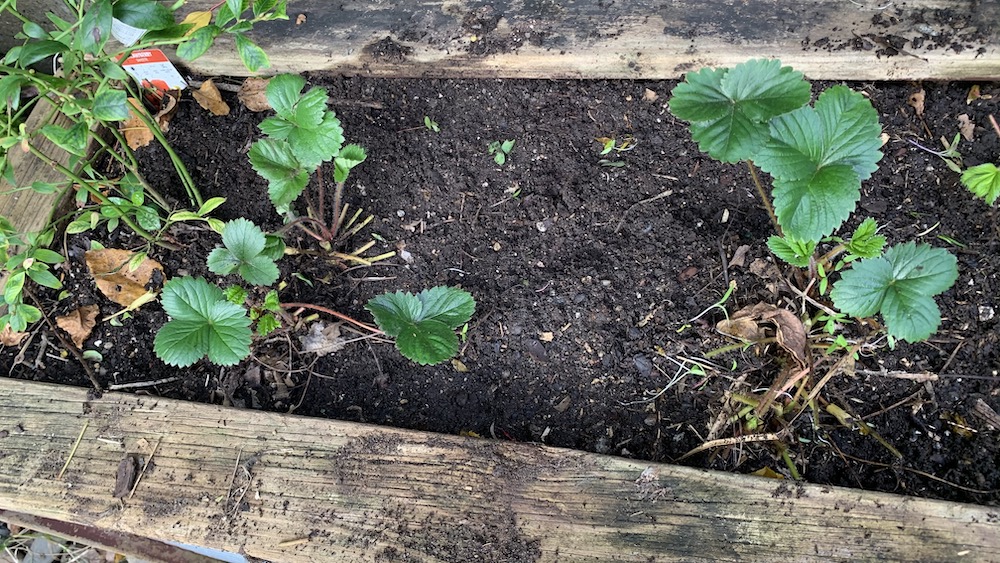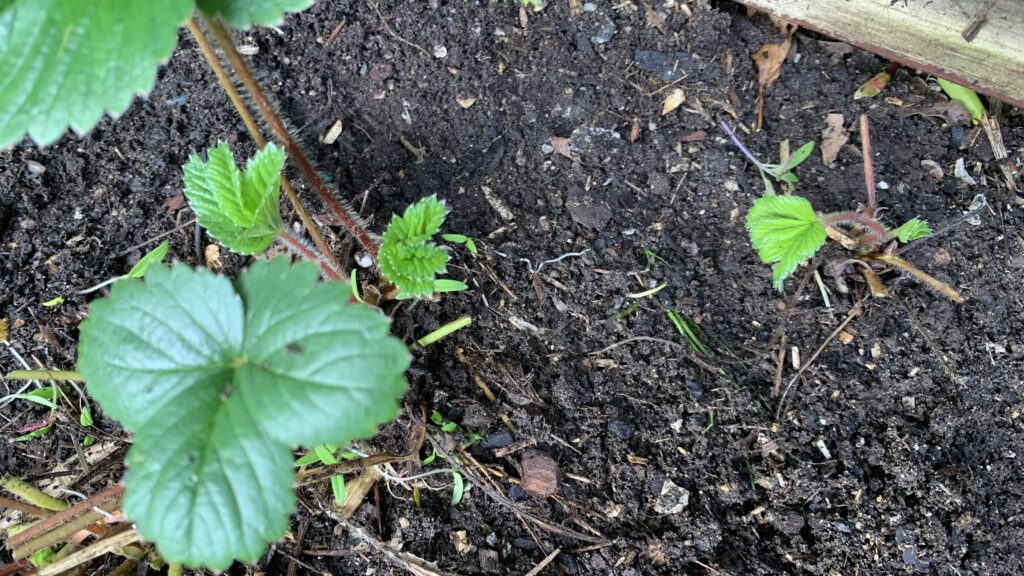Strawberries can be grown as both annuals and perennials, depending on your climate and growing conditions. In temperate climates, strawberries can come back year after year and are therefore considered perennials. However, they can also be grown as annuals in areas with harsh winters or other conditions that make it difficult for them to survive.

In cooler climates strawberries can find it difficult to survive outdoors in winter so are grown as annuals. Whether you choose to grow your strawberries as annuals or perennials will depend largely on where you live and the specific conditions of your garden.
Key Takeaways
- Strawberry plants can be both annual and perennial, depending on the climate and growing conditions.
- They are adaptable to a variety of growing settings, including garden beds and containers.
- With proper care, strawberries can produce a bountiful harvest.
The Life Cycle of Strawberry Plants
The life cycle of strawberry plants begins either from seed or from runner plants. The growth cycle of strawberry plants spans the entire year and repeats annually.
In the spring, new leaves and flowers emerge from the crown of the plant. The flowers are pollinated by bees and other insects, and eventually develop into berries.

As the summer progresses, the berries ripen and are ready for harvest. After the harvest, the plant will continue to produce runners, which are long, thin stems that grow out from the base of the plant. These runners can be used to propagate new plants.
In the fall, the leaves of the strawberry plant will begin to turn yellow and brown as the plant prepares for winter. In areas with cold winters, the plant will go dormant and survive the winter in a state of rest.
In the spring, the plant will begin to grow again, producing new leaves and flowers and starting the cycle anew.

While strawberry plants are technically perennials, they are often grown as annuals in colder climates or in areas with short growing seasons. In these areas, the plants may not survive the winter and are replanted each year. In warmer climates, strawberry plants can live for multiple years and are considered true perennials.
For more on how to protect strawberry plants in pots over winter, check out this article: 3 Things To Do With Strawberry Plants in Pots at End of Season.
Are Strawberry Plants Annual?
If you’re wondering whether your strawberry plants are annual or perennial, the answer is that it depends on several factors. Here are some things to consider:
Factors that Affect the Life Span of Strawberry Plants
Strawberry plants can live for several years, but their lifespan depends on several factors, including:
- Variety: Some strawberry varieties are more long-lived than others. Everbearing and day-neutral varieties tend to be more perennial, while June-bearing varieties are more likely to be annual.
- Climate: In warmer climates, strawberry plants may live longer than in colder climates.
- Soil: Strawberry plants need well-draining soil to thrive. Soil that is too compacted or waterlogged can cause the plants to die prematurely.
- Disease: Certain diseases, such as verticillium wilt, can cause strawberry plants to die prematurely.

When to Replace Strawberry Plants
If you’re not sure whether it is time to replace your strawberry plants, then check for these signs. Replacing old plants with new ones will give you more strawberries in the next season.
- Check the age of your plants. If your plants are more than a year old, they may need replacing as they will produce less strawberries each year.
- Look for signs of disease or stress. If your plants are showing signs of disease or stress it is best to replace them.
- Observe the growth habit of your plants. If your plants are producing runners and daughter plants, then they may need to be removed. The mother plant will generally produce less fruit after it has sent out runners.
Whether your strawberry plants can grow as annual or perennial depends on several factors, including variety, climate, soil, and disease. By observing your plants and checking for signs of disease or stress, you can determine whether your plants are likely to live for several years or just one season.
Caring for Strawberry Plants
Growing strawberry plants can be a rewarding experience, but it requires some care and attention to keep them healthy and productive. Check out some quick tips for caring for your strawberry plants.
1. Planting Tips
When planting strawberry plants, choose a sunny location with well-drained soil. Ensure that the soil is rich in organic matter, and has a pH between 5.5 and 6.5. Plant your strawberry plants in the spring, after the danger of frost has passed.
When planting, space your strawberry plants 12-18 inches apart, and make sure the crown is level with the soil surface. Water your plants well after planting, and add a layer of mulch around the plants to help retain moisture.

2. Watering and Fertilizing
Strawberry plants require consistent moisture to produce healthy fruit. Water your plants deeply once a week, or more often during hot, dry weather. Avoid getting water on the leaves, as this can encourage disease.
Fertilize your strawberry plants with a balanced fertilizer once a month during the growing season. You can also add compost or well-rotted manure around your plants in the spring to provide additional nutrients.

3. Pruning
To keep your strawberry plants healthy and productive, it is important to prune them regularly. Remove any runners that appear, as these can drain energy from the plant and reduce fruit production.
After the growing season, cut back the leaves to 1 inch above the crown. This will help prevent disease and prepare the plant for winter.

4. Protecting Strawberry Plants from Pests and Diseases
Strawberry plants can be susceptible to a variety of pests and diseases, including slugs, aphids, and fungal infections. To protect your plants, keep the area around them clean and free of debris, and remove any diseased or damaged leaves or fruit.

You can also use natural pest control methods, such as introducing beneficial insects like ladybugs or lacewings, or using organic sprays like Neem oil or insecticidal soap.
By following these tips, you can ensure that your strawberry plants remain healthy and productive for years to come.
Summary
Strawberry plants are easy to grow and a great project for kids. If you want the most productive plants possible, replace them each year and you will get loads of strawberries. If you want to keep your plants as a perennial, protect them from winter frosts and water them well when spring arrives.
Happy growing.
Frequently Asked Questions
How long do strawberry plants last?
Strawberry plants are perennials, meaning that they can regrow every year. However, they typically produce the best fruit for 3-5 years before their yield begins to decline. After that, it is recommended to replace the plants to ensure a healthy and productive crop.
Do strawberry plants need full sun?
Yes, strawberry plants need full sun to produce the best fruit. They should be planted in a location that receives at least 6-8 hours of direct sunlight per day. If they are planted in a shady area, they may produce fewer or smaller berries.
What are some good companion plants for strawberries?
Some good companion plants for strawberries include herbs like thyme and basil, as well as flowers like marigolds and nasturtiums. These plants can help repel pests and attract beneficial insects, which can improve the health and productivity of the strawberry plants.
What is the best soil for growing strawberries?
The best soil for growing strawberries is well-draining soil that is rich in organic matter. The pH level should be between 5.5 and 6.5. If the soil is too acidic, it can be amended with lime. If it is too alkaline, it can be amended with sulfur.
What are day-neutral and everbearing strawberry plants?
Day-neutral and everbearing strawberry plants are varieties that can produce fruit throughout the growing season. Day-neutral plants do not rely on the length of daylight to produce fruit, while everbearing plants produce two to three crops per year.
How long does it take for strawberries to grow?
It typically takes strawberries 4-6 weeks to grow from a flower to a ripe fruit. The exact time can vary depending on the variety of strawberry, weather conditions, and growing conditions. It is important to monitor the plants regularly and harvest the fruit when it is fully ripe to ensure the best flavor and texture.
I am an accredited practicing dietitian, experienced gardener and a dedicated cook. I love writing and sharing my experience so you can learn from my successes and mistakes.
